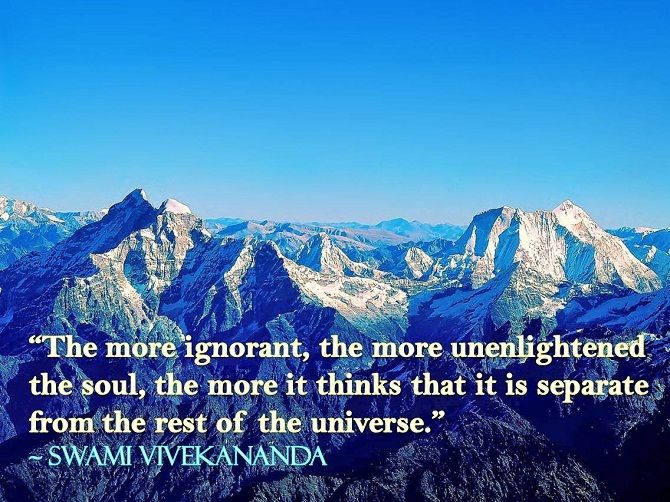SRI DAKSHINAMOORTHY
Dakshinamurthy or Jnana Dakshinamurti (Tamil: தட்சிணாமூர்த்தி, Sanskrit: दक्षिणामूर्ति (Dakṣiṇāmūrti))is an aspect of the Hindu god Shiva as a guru (teacher) of all types of knowledge (jnana). This aspect of Shiva is his personification as the supreme or the ultimate awareness, understanding and knowledge.This form represents Shiva as a teacher of yoga, music, and wisdom, and giving exposition on the shastras.He is worshipped as the god of wisdom, complete and rewarding meditation.
Meaning
Dakshinamurti literally means 'one who is facing south (dakṣiṇa)' in Sanskrit. South is the direction of Death, hence change.In every Siva temple the stone image of Dakshinamurthy is installed, facing south, on the southern circumambulatory path around the sanctum sanctorum. Perhaps, of all Hindu Gods, he is the only one sitting facing south. The great seer Ramana Maharshi, has said in letter 89: one meaning of Dakshina is efficient; another meaning is ‘in the heart on the right side of the body’; Amurthy ’means Formlessness' . "Dakshinamurthy Stotra" in Sanskrit, means the "Shapelessness situated on the right side".
Depiction
In his aspect as Jnana Dakshinamurti, Shiva is generally shown with four arms. He is depicted seated under a banyan tree, facing the south. Shiva is seated upon a deer-throne and surrounded by sages who are receiving his instruction.He is shown as seated with his right foot on mythical apasmara (a demon which, according to Hindu mythology, is the personification of ignorance) and his left foot lies folded on his lap. Sometimes even the wild animals, are depicted to surround Shiva. In his upper arms, he holds a snake or rosary or both in one hand and a flame in the other; while in his lower right hand is shown in vyakhyanamudra, his lower left hand holds a bundle of kusha grass or the scriptures. The index finger of His right hand is bent and touching the tip of his thumb. The other three fingers are stretched apart. This symbolic hand gesture or Mudra is the Gnana Mudra (or Jnana Mudra or Jana Mudra), a symbol of knowledge and wisdom. Sometimes, this hand is in the Abhaya Mudra, a posture of assurance and blessing. In Melakadambur the Dakshinamurthy looks seated on a bull under a banyan tree, a hole in this statue's ear that extends to the next ear was an wonderful sculpturing.
Dakshinamurthy is portrayed as being in the yogic state of abstract meditation - and as a powerful form brimming with ever flowing bliss and supreme joy. Variations of this iconic representation include Veenadhara Dakshinamurthy (holding a Veena), Rishabharooda Dakshinamurthy (mounted on a Rishabha - the bull) etc. Maharshi Kardamshankara Jnanadeva, a mystic seer says that Dakshinamurthy means the abstract or hidden power of the absolute which expressed in all enlightened masters.
Significance
Indian tradition accords a special reverence to the Guru or the teacher. Dakshinamurthy, in the Hindu system of beliefs is regarded as the ultimate Guru - the embodiment of knowledge and the destroyer of ignorance (as represented by the demon being crushed under the feet of the deity). The Jnana Mudra is interpreted in this way:- The thumb denotes the God and the index finger denotes the man. The other three fingers stand for the three congenital impurities of man viz. arrogance, illusion and bad deeds of the past births. When man detaches himself from these impurities, he reaches God. Another interpretation is that the other three fingers denote the three states of life: Jagruti (Fully awake through senses and mind), Swapna (Sleep state - When the mind is awake) and Sushukti (Tru-self - When the senses and mind go into soul - Atma). The Abhaya Mudra, a gesture with the hand lifted above thigh with palm facing out, fingers pointing, is interpreted as His grace upon His students. The rosary or the snake signifies Tantric knowledge. The fire represents illumination, removing the darkness of ignorance.
Impact on Indian Life
The fifth day of the week, Thursday is associated with the planet Jupiter and is referred to as Guru (Guruvar or Guruvaaram). Thursdays are considered auspicious to start any educational endeavours. It is on Thursdays that special worship services are offered to Dakshinamurthy in many Saivite temples. Some temple traditions hold full moon nights, particularly the night of the Guru Purnima as the appropriate time for worship services to Dakshinamurthy.
Mantras & Hymns
There are many mantras dedicated to Lord Dakshinamurthy. Lord Dakshinamurthy is prayed for protection and overall well being as well as for success in education. [8]
Dakshinamurthy Gayatri Mantra
Om Rishabath-vajaaya Vidmahe
Kruni-Hasthaya Dhimahee
Thanno Dakshinamurthy Prachodayath
Dakshinamurthy Stotram by Adi Shankara charya is a laudatory hymn for this form of Siva.
om namah pranavarthaya shuddhajnanaikamurtaye ! nirmalaya prashantaya dakshinamurtaye namaha !! chidghanaya maheshaya vatamulanivasine ! omkaravachyarupaya dakshinamurtaye namaha !! nidhaye sarvavidyanam bhishaje bhavaroginam ! gurave sarvalakanama dakshinamurtaye namaha !!







.gif)


